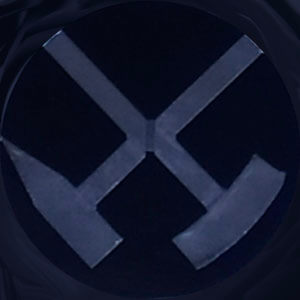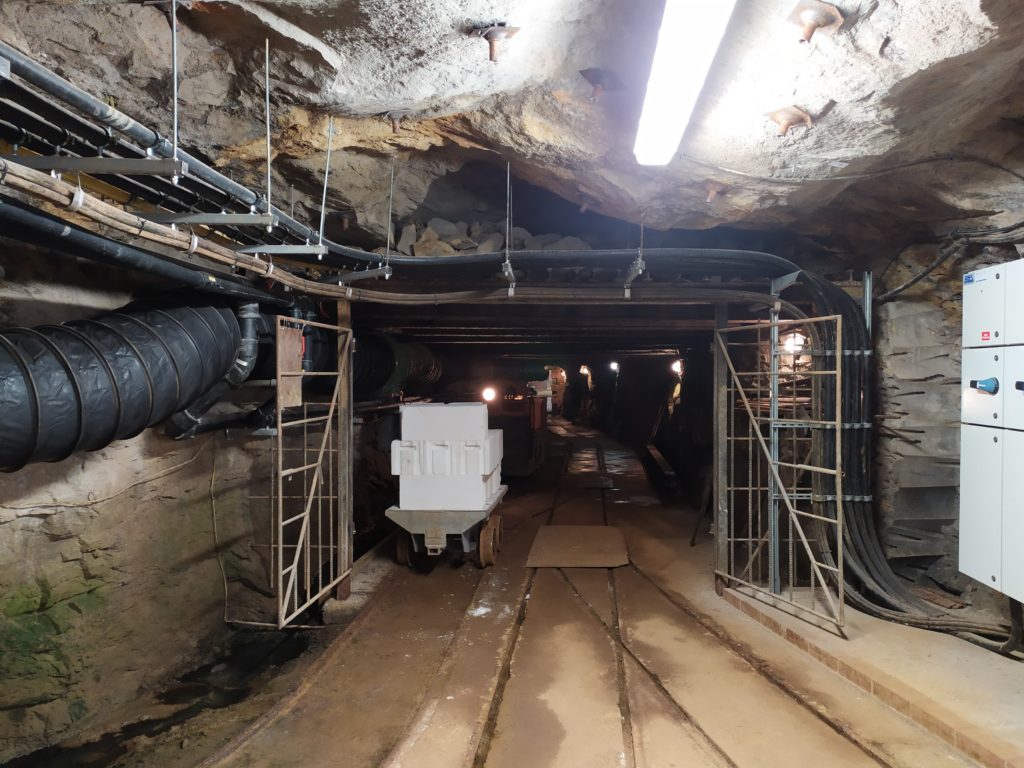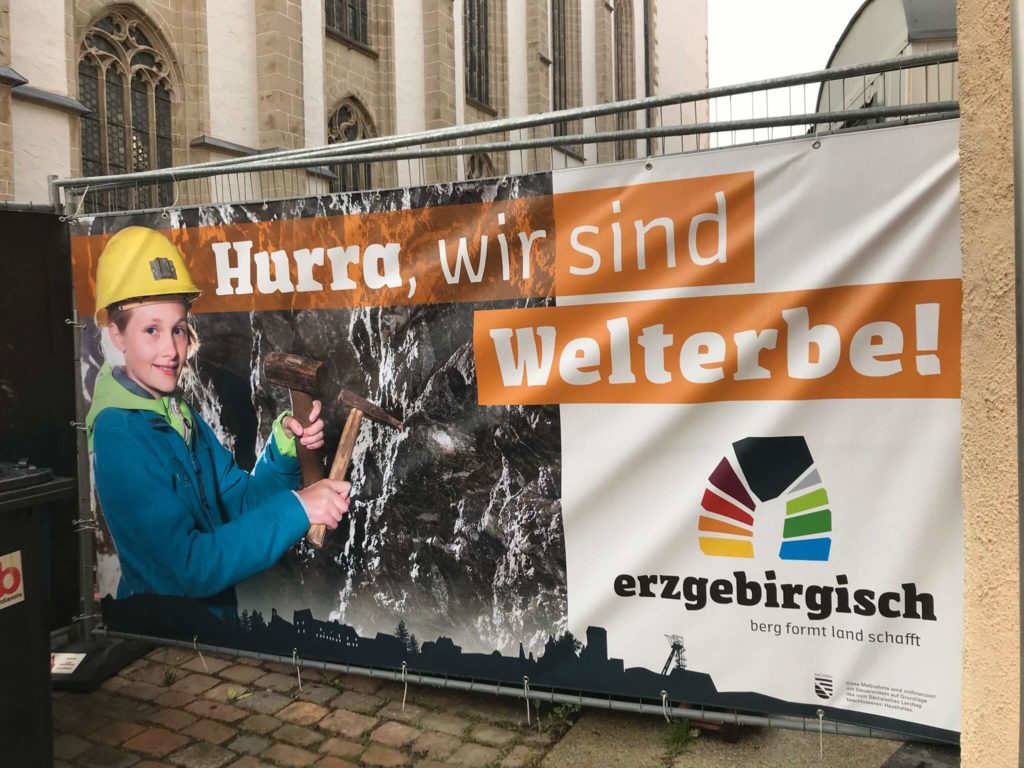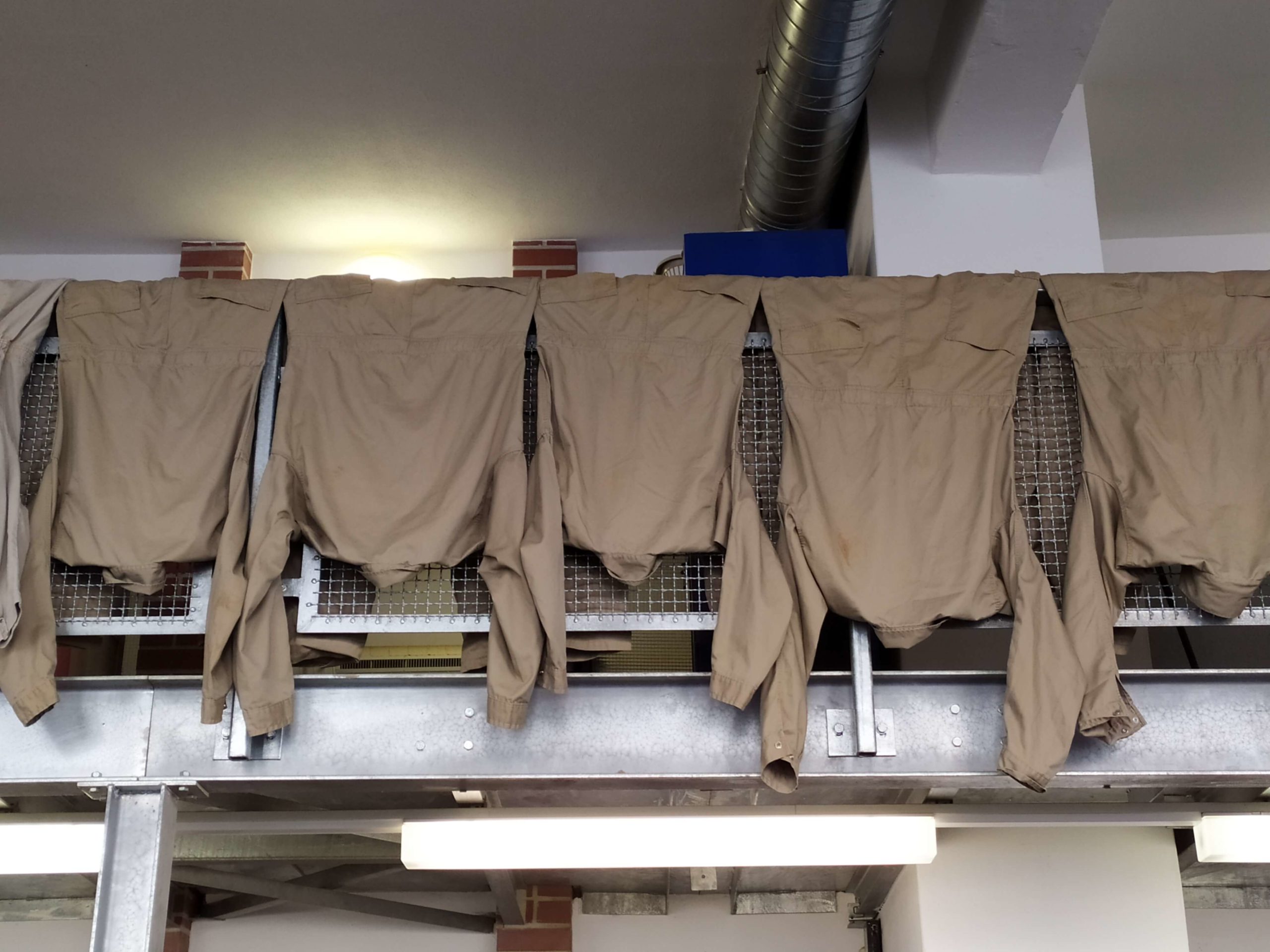Past, Present and Future of the mine industrial landscape in Freiberg
By Silvia Demetri, an architect from Italy
By Aida Loy, an archaeologist from Spain living in the Netherlands

Nowadays the word reuse is almost in our daily vocabulary. We try to recycle and reuse as much as possible, but what happened with the buildings, the working spaces and the landscapes created by centuries of work in an area? In the Saxony Ore Mountains they know how to do it pretty well. In this region that separates and joins the German Saxony and the Czech Bohemia, the mining industry was part of their lives for more than eight centuries. After the closing of all the mines and all the industries related to them during the last half of the 20th century, the people from the region took back these spaces creating something new and making them more useful for society. And Freiberg, one of the main cities of this mining region, is a clear example of many of these new uses.
The Ore Mountains (Erzgebirge in German and Krušné hory in Czech) are a mountain range on the border between Germany and Czech Republic. Since the 12th century several cities arose on both sides of those mountains with the finding of silver mines. The mines and industries related to them made these regions rich in money but also in culture. The mining industry affected the lives of almost every family in the region, and that shows off in their culture and traditions. From the decoration of buildings and churches to the Christmas’ traditions and the greeting, everything was touched by the mine.

During the centuries, while the society was developing, growing and enriching around the mines, these started their decrease. Less and less productive, the mines were closed at the beginning of the 20th century for the first time, and, after a short reopening, closed permanently once the WWII ended. After this, many miners and other workers lost their jobs and were forced to reinvent themselves. Likewise, many of the spaces related to the mines’ activities were quickly adapted to new industries. This is the case of the nowadays Alekto Hotel in Freiberg, that was actually open as a cutlery factory in 1906 using the experience of local people in manufacturing silver.
Freiberg is the city of silver and it is the perfect example of how this mining society has changed and how they transform their spaces into places that can be useful now. The city was created to host miners from all Germany when the mines first opened. In one of its main squares the castle looks at the city life, in the past residence of the dukes that owned the mines, nowadays a Geological museum. In the 18th century, furthermore, a mining university was founded in Freiberg. There, several engineers and head technicians were thaught to work in the mines.


The University is still in Freiberg and it is still teaching multiple students about geology and mining engineering. But the mines those experts used to manage are now used for different purposes, and the biggest of them, counting with several shafts, is now in use as a research centre for the University. Different fate has been left to the former Hut Haus, the administrative centre of the mines, most of them are now used as private houses, as the one close to Freiberg’s hospital. But not only the buildings have changed over time. The deposits left by the extractions on the mines, created a very peculiar landscape which has also impacted the life in the region. Accordingly with the present times, and the need for more sustainable energies, the inhabitants of the area found that those deposits, too weak for other types of constructions, are perfect to locate solar panels on them.

July 2019, a date everyone in the region will remember as the date Erzgebirge/Krušnéhory was incorporated to UNESCO World Heritage List. For this to happen many things were necessary. Germany and Czech Republic, their researchers, their local governments and their citizens needed to cooperate for years to achieve this common objective. The mines and all the industries related to them were important for the economical development of the region. Now that they are closed they are still important as they can attract people in the area and be used as cultural spaces. And what will happen in the future? Will these communities keeping the transformation of the former mines’ spaces into something they will need? Hopefully the new generations will carry the torch and will keep greeting everyone in their region as the former miners did, with a loud Glück auf!
